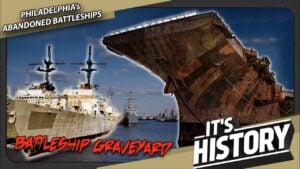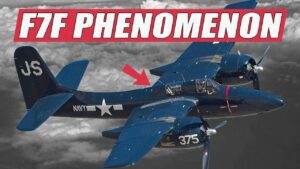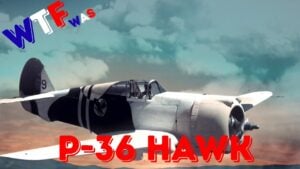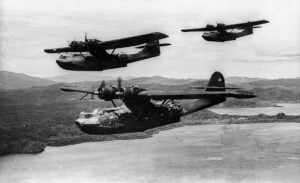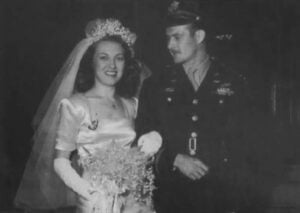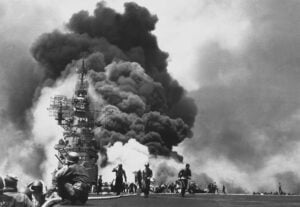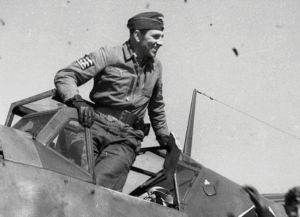The Story of Machinist’s Son Who Downed 7 Japanese Planes in His First 15 Minutes of WWII Combat
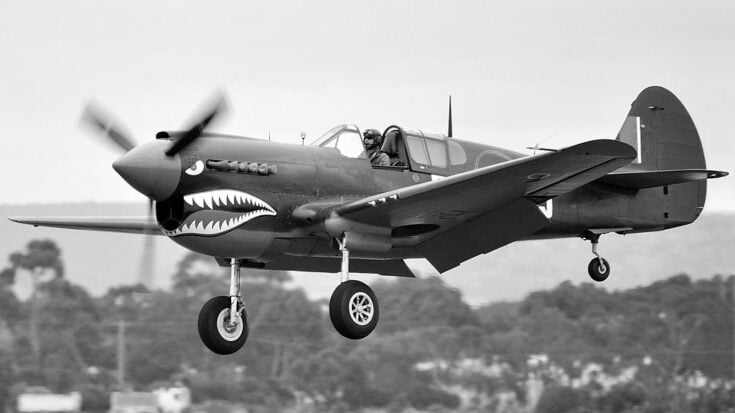
Photo by Robert Frola (GFDL), via Wikimedia Commons.
The Mechanic Who Became a Marine Pilot
On May 12, 1943, the Pacific air shimmered with heat over Tarawa Atoll. The once quiet strip of coral and mud had turned into a rough airfield lined with steel planks, smelling of fuel and burnt oil. Among the Marines stationed there was 23-year-old Second Lieutenant Ethan Cole. Sweat clung to his khaki shirt as he wiped his brow, preparing his worn F4F Wildcat fighter. The son of a machinist from Oakland, California, Cole had grown up inside his father’s workshop, learning the rhythm of engines before he ever dreamed of flying one.
His father, Samuel Cole, ran a small turbine repair shop near the San Francisco docks. Ethan learned to treat machines with respect, to listen to their hum and vibration like a musician hearing tempo. He attended public school, fixed carburetors after class, and saved every dollar to pay for flight lessons. When the U.S. government launched its civilian pilot training program, he was among the first to enroll. The first time his plane lifted off, he understood his purpose. By the time he entered Navy flight school, he already had more flying hours than many of his instructors and quickly earned a place among the Marine aviators.
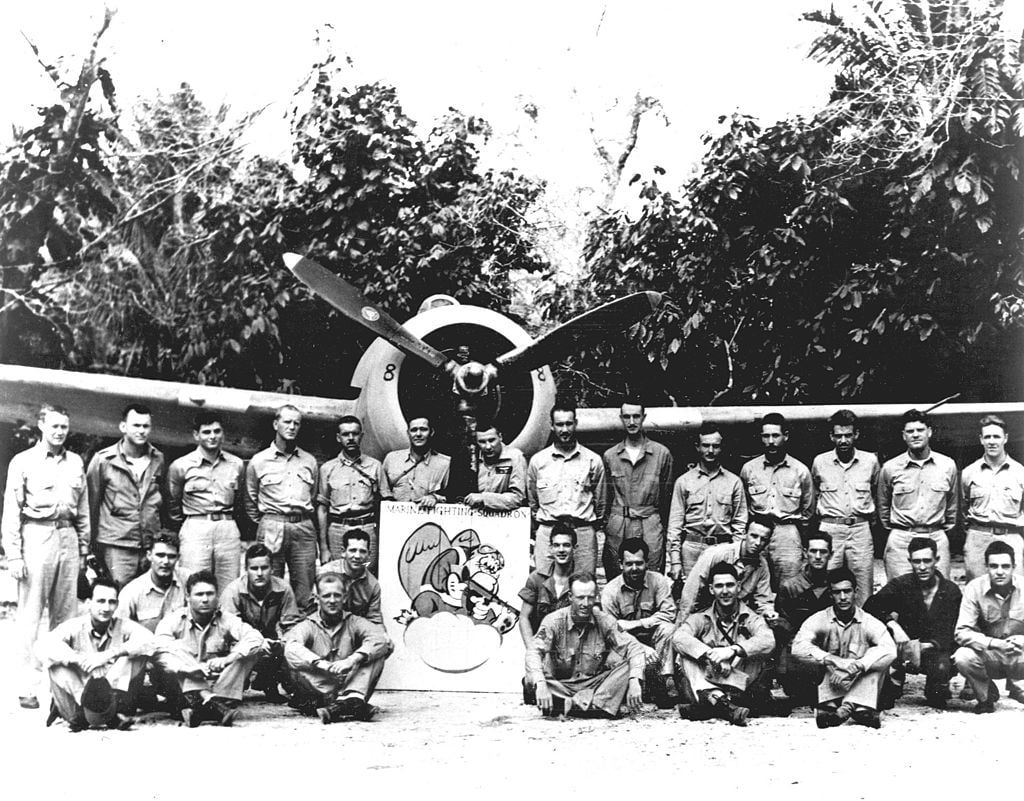
The Calm Before the Storm
By early 1943, Cole was stationed at Vanderfield airstrip on Tarawa, a lonely outpost holding the Central Pacific line. The Wildcat he flew was a rugged machine—slower than the Japanese Zero but built to survive punishment. The Marines joked that it was a “flying safe with wings.” Life on the base was brutal. The heat was relentless, the tents leaked, and malaria spread as quickly as rumor. But the men knew what was at stake. If Tarawa fell, Australia could be next.
For days, Cole’s squadron flew empty patrols, spotting nothing but clouds. Then, one afternoon, the radio burst to life with a call that froze every man in place: “Condition red. Enemy inbound.” Radar had detected nearly 200 incoming aircraft—the largest raid since Pearl Harbor. Only about 70 Allied fighters stood between them and the American fleet refueling nearby. Mechanics yanked out fuel lines mid-fill, gasoline splashing over the ground. Cole sprinted across the tarmac, vaulted into his cockpit, and locked the canopy. Moments later, his engine roared to life.
Fifteen Minutes of Fury
The sky filled with rising dots—Wildcats, Corsairs, and P-40s climbing into formation. Ahead, the dark line of enemy bombers glittered in the sunlight. The order came through: “All fighters engage.” Cole tightened his grip on the controls and dove toward the enemy. He lined up behind a D3A dive bomber and squeezed the trigger. His guns thundered, and the bomber exploded in a ball of fire. He pulled up sharply, rolled, and dove again. Another burst—another explosion.
In less than two minutes, two bombers were down. Anti-aircraft fire erupted from the ground, shells bursting around him like thunder. Shrapnel tore into his wing, oil sprayed across the windshield, but his hands stayed steady. His training and mechanic’s instinct guided him. He climbed, rolled, and dove repeatedly, striking bombers before they could reach the harbor. In fifteen furious minutes, Cole destroyed seven enemy aircraft—the highest tally of the day.
His guns clicked empty, the barrels overheated. Instead of retreating, he dove at another bomber to break its dive. Enemy fire shattered his canopy, slicing his face with glass. Smoke filled the cockpit as the engine failed. The Wildcat turned into a silent glider. Spotting calm water near a sandbar, he eased the plane down. The crash ripped the nose apart, flooding the cockpit. Trapped by a jammed harness, he fought free just before the wreck sank.
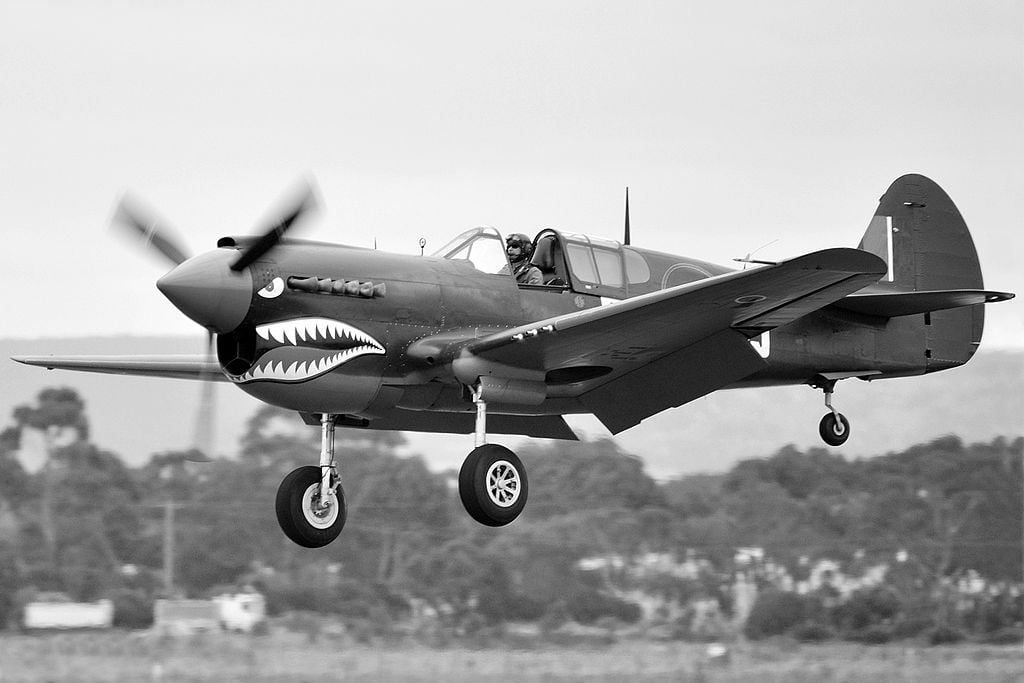
The Aftermath of a Heroic Flight
A Coast Guard rescue boat spotted him minutes later and hauled him aboard, bloodied but conscious. When he returned to base, the battle had already ended. More than fifty enemy aircraft lay scattered across the sea, while the Allied fleet remained untouched. Witnesses confirmed his seven kills. His commanding officer wrote one word beside his name in the report: “Extraordinary.”
Cole went on to complete over a hundred combat missions, earning sixteen confirmed victories before the war’s end. Promoted to major, he met President Truman but never sought fame. When peace returned, he went back to Oakland, to his father’s workshop and the steady hum of engines. He taught neighborhood kids about discipline, maintenance, and pride in one’s craft. Machines don’t quit, he’d say—only men do if they lose focus.
When Colonel Ethan Cole passed away in 2010 at age eighty-nine, Marine jets flew overhead in missing-man formation. The man who once fixed carburetors and dreamed of flight had lived long enough to see his story taught in aviation schools. For history, those fifteen minutes over Tarawa would forever define what courage and precision looked like in the skies above the Pacific.













